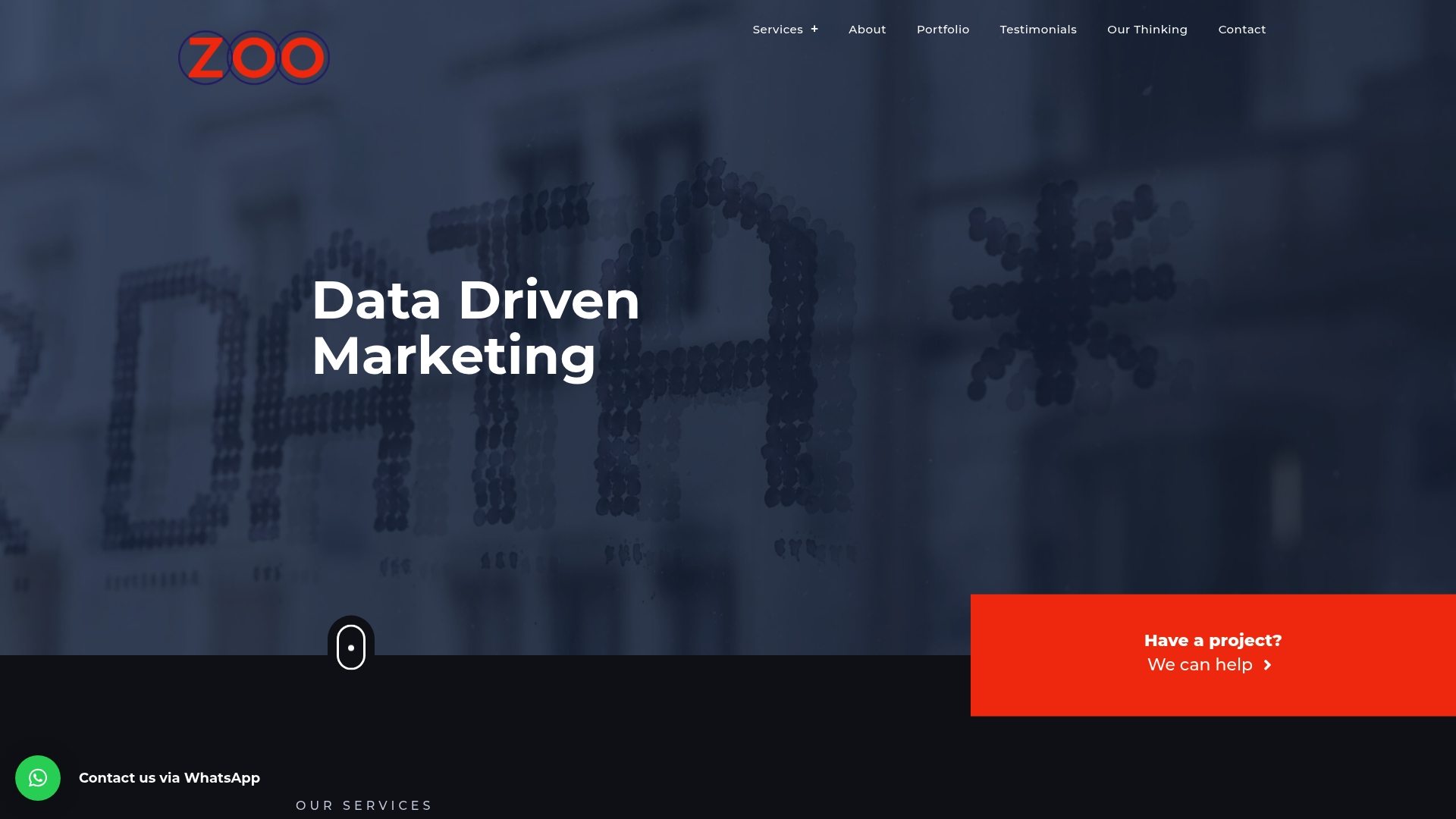Did you know that even a small bump in customer retention can increase profits by as much as 95 percent? For small businesses, keeping loyal customers is not just about saving on marketing costs. It is about building steady growth and lasting relationships. By learning how to measure and analyze key retention metrics, you can uncover hidden patterns that lead to stronger loyalty and higher revenue.
Quick Summary
| Key Point | Explanation |
|---|---|
| 1. Track Customer Retention Rate | This metric shows the percentage of returning customers, highlighting customer loyalty over time. |
| 2. Utilize Net Promoter Score (NPS) | NPS gauges customer sentiment by asking how likely customers are to recommend your business. |
| 3. Implement Effective Tracking Tools | Choose CRM and analytics tools to centralize customer data for better retention tracking. |
| 4. Analyze Customer Behavior Trends | Understand patterns in customer behavior to identify what drives loyalty and retention. |
| 5. Take Action on Insights | Use retention insights to create targeted improvements and engagement strategies for customers. |
Table of Contents
- Step 1: Define Key Customer Retention Metrics
- Step 2: Set Up Tracking Systems And Tools
- Step 3: Collect And Organize Retention Data
- Step 4: Analyze Retention Trends And Results
- Step 5: Implement Improvements Based On Insights
Step 1: Define key customer retention metrics
Tracking customer retention starts with understanding a few critical metrics that give you a clear picture of how well your small business keeps customers coming back. Your goal in this step is to identify and calculate the key measurements that reveal your business’s loyalty performance.
The foundational metric is your customer retention rate. According to research from loyalty tracking experts, this can be easily calculated by tracking purchases through your point of sale system or digital tools. The basic formula looks at how many customers you retained over a specific period compared to your total customer base.
Another powerful metric is the Net Promoter Score (NPS).
Here’s a comparison of key customer retention metrics:
| Metric | What It Measures | How It’s Calculated | Benefit to Small Business |
|---|---|---|---|
| Customer Retention Rate | Percentage of returning customers | (Customers end – New customers) / Customers start x 100 | Clearly indicates loyalty trends |
| Net Promoter Score (NPS) | Willingness to recommend | % Promoters − % Detractors | Reveals customer sentiment |
| This simple yet insightful measurement asks customers a single question: How likely are you to recommend our business to others? Wikipedia describes NPS as a method that categorizes customers into three groups: |
- Promoters (score 9-10): Loyal enthusiasts who will keep buying and refer others
- Passives (score 7-8): Satisfied but potentially vulnerable to competitors
- Detractors (score 0-6): Unhappy customers who might damage your reputation
Pro Tip: Track your NPS consistently to understand customer sentiment and identify areas for improvement.
By focusing on these two metrics, you gain a comprehensive view of customer loyalty. A small improvement in retention rates can significantly boost your revenue.
![]() Your next step will involve setting up systems to collect and analyze this data regularly.
Your next step will involve setting up systems to collect and analyze this data regularly.
Ready to dive deeper into tracking these metrics? Learn more about marketing analytics for small businesses and how to turn these insights into actionable strategies.
Step 2: Set up tracking systems and tools
Now that you understand customer retention metrics, it is time to implement the right tracking systems that will help you monitor and improve your business performance. Your goal is to choose tools that centralize customer data and make tracking retention effortless.
Research from CRM experts highlights the importance of customer relationship management (CRM) software. These platforms do more than just store contact information. They help you accelerate deal closures, uncover cross selling opportunities, and generate customizable reports that reveal critical customer trends.

Small business retention research suggests several affordable tools to consider:
- Loyalty platforms that reward repeat customers
- Email and SMS automation for consistent communication
- Referral tracking systems
- Customer feedback and survey tools
- CRM software with retention analytics
Pro Tip: Choose tools that integrate seamlessly with each other to create a comprehensive tracking ecosystem.
Start by selecting a CRM that matches your business size and budget. Many platforms offer free or low cost versions for small businesses. Look for features that allow you to track customer interactions, purchase history, and engagement levels.
Your next step will involve setting up these tools and training your team to use them effectively.
VIDEO:video_content] [Explore our guide on marketing analytics to learn more about implementing these tracking systems strategically.
Step 3: Collect and organize retention data
With your tracking systems in place, you are ready to start gathering and structuring customer retention information strategically. The goal is to transform raw data into meaningful insights that can drive your business decisions.
Research from retention analytics experts emphasizes the critical importance of centralized customer information. A robust CRM eliminates fragmented data, reduces potential errors, and enables lightning fast information retrieval. This means you can quickly understand customer behavior patterns and make informed retention strategies.
Advanced retention software research reveals powerful tools that offer:
- AI driven analytics for deeper behavioral insights
- Cohort analysis to understand customer segments
- Privacy focused tracking methods
- Scalable integration across different platforms
Pro Tip: Consistently update your customer profiles to maintain data accuracy and relevance.
Start by ensuring every customer interaction gets recorded systematically. Track purchase history, communication preferences, feedback, and engagement levels. Look for patterns that reveal why customers stay or leave. Some key data points include frequency of purchases, average transaction value, customer support interactions, and response to marketing campaigns.
Your next step involves analyzing these collected insights to develop targeted retention strategies. Check out our marketing analytics guide to learn how to transform data into actionable business improvements.
Step 4: Analyze retention trends and results
With your customer data collected, it is time to transform numbers into actionable insights that can dramatically improve your business loyalty strategies. Your goal now is to understand the patterns and drivers behind customer retention.
Research from advanced retention analytics reveals powerful AI driven techniques that help small businesses uncover deep customer behavior insights. These tools offer sophisticated analysis like cohort tracking, multi touch attribution, and detailed retention breakdowns that reveal exactly how and why customers stay or leave.
Cutting edge academic research suggests using advanced frameworks that combine:
- Explainable AI for understanding complex customer behaviors
- Survival analysis to predict potential customer churn
- RFM segmentation to categorize customers by recency, frequency, and monetary value
Pro Tip: Focus on identifying your most valuable customer segments and understand their specific retention drivers.
Start by looking at key retention metrics across different customer groups. Which customer segments stay longest? What common characteristics do your most loyal customers share? Pay attention to factors like purchase frequency, average transaction value, and response to marketing efforts.
Think of this analysis as creating a customer loyalty map. You are discovering the pathways that transform one time buyers into long term brand advocates. Learn more about website performance analysis to complement your retention insights and create a holistic view of customer engagement.
Step 5: Implement improvements based on insights
With your retention data analyzed, now comes the most exciting part transforming insights into strategic actions that will keep your customers coming back. Your goal is to convert data into targeted improvements that meaningfully enhance customer loyalty.
Marketing research reveals an incredible statistic a mere 5% improvement in retention can boost profits between 25% and 95%. This means even small strategic changes can have massive financial impact for your business.
Customer engagement research recommends several powerful approaches:
- Use AI powered chatbots for instant customer support
- Implement predictive engagement techniques
- Conduct sentiment analysis to catch potential dissatisfaction early
- Map customer journeys to identify key improvement touchpoints
Pro Tip: Focus on personalization. Customers want to feel understood, not just sold to.
Start by creating targeted re-engagement campaigns for at risk customer segments. Develop loyalty perks that speak directly to your most valuable customers. Consider personalized communication strategies that make each customer feel uniquely appreciated.
Remember that continuous improvement is key. Check out our website performance analysis guide to help you refine and evolve your retention strategies over time.
Struggling to Turn Data Into Customer Loyalty? Choose Action Over Guesswork
If you are feeling overwhelmed by retention metrics or battling with scattered customer data, you are not alone. The path to strong customer loyalty is paved with clear tracking, smart analysis and consistent action. Many small businesses collect the right figures but stumble when it comes to implementing reliable tracking systems, unifying insights, or acting on the results. These pain points can hold you back from unlocking the true potential of your customer relationships.

Let Zoo Digital help you turn your numbers into real results. Our team specialises in setting up effective tracking and robust CRM systems for small businesses. We can power up your marketing with advanced analytics, smart automation and tailored ads across platforms like Google, Meta and TikTok. Your data becomes actionable, making it easier to keep customers happy and loyal. Do not wait while competitors get ahead. Visit Zoo Digital now and see how seamless data driven marketing and website development can help your business move from measurement to momentum. Reach out today and take the first step towards customer loyalty that lasts.
Frequently Asked Questions
What metrics should I track for measuring customer retention in my small business?
To measure customer retention effectively, focus on key metrics like the Customer Retention Rate and Net Promoter Score (NPS). Calculate your retention rate by determining the percentage of customers who continue purchasing over a specific period and evaluate NPS to gauge customer loyalty through their likelihood to recommend your business.
How can I set up tracking systems for customer retention?
To track customer retention, select a suitable customer relationship management (CRM) software that centralizes customer data. Ensure it integrates various tools for tracking purchases, feedback, and communication to create an all-in-one solution that simplifies data collection and reporting.
What steps should I take to analyze customer retention trends?
Start by examining the data collected through your tracking systems to identify trends among different customer segments. Look for patterns in purchase frequency and customer satisfaction to determine what drives loyalty among your most valuable customers and adjust your retention strategies accordingly.
How often should I update my customer data for retention tracking?
Regularly update your customer data, at least once every month, to maintain accuracy in your retention metrics. Ensure you capture all customer interactions, feedback, and purchase histories to keep your insights relevant and actionable.
What actions can I take to improve my customer retention based on data insights?
Write targeted re-engagement campaigns for at-risk customers and tailor loyalty rewards to your best customers based on insights from your retention data. For example, implement personalized communication strategies that make each customer feel uniquely valued to drive loyalty and repeat purchases.
How can I use customer feedback to enhance retention strategies?
Gather and analyze customer feedback through surveys and follow-ups to uncover areas for improvement in your services or products. Incorporate this feedback into your retention strategies, focusing on personalized experiences that address customer concerns and preferences to foster loyalty.

